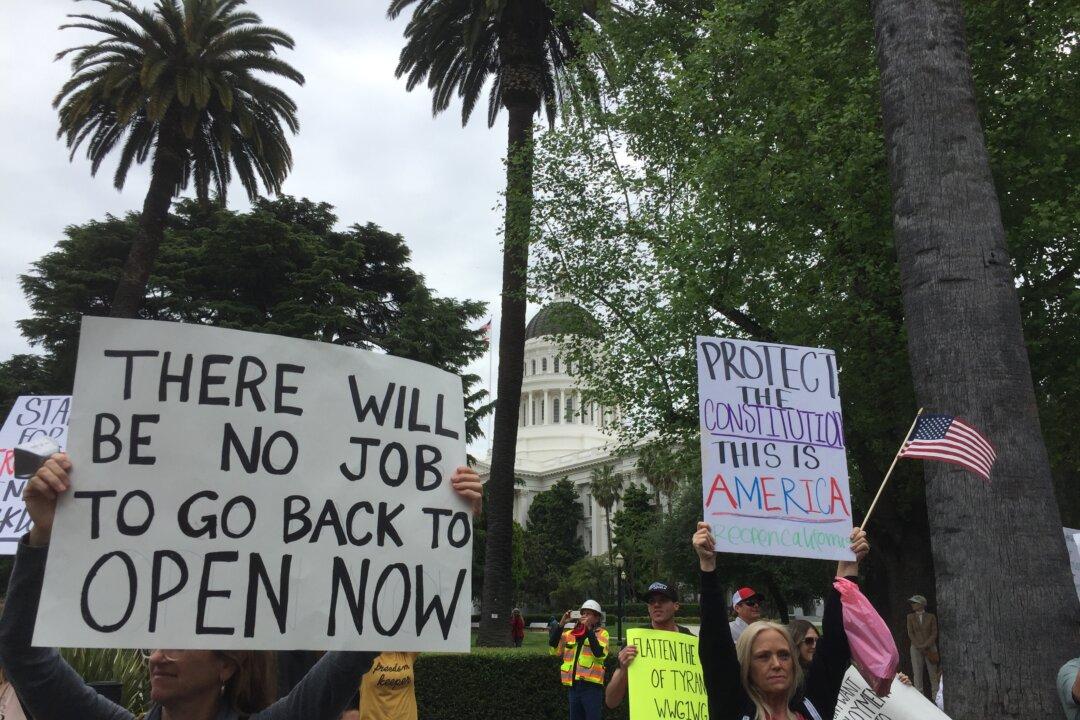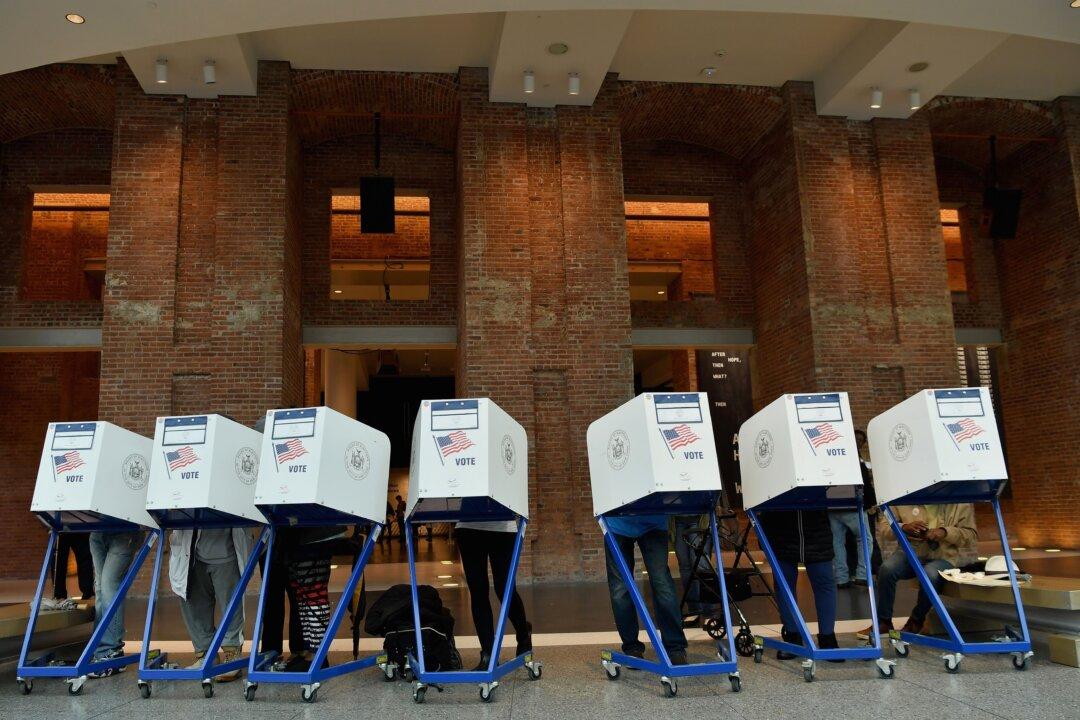Commentary
On April 1, 2023, a new transfer tax on all real estate transactions in the city of Los Angeles went into effect. The tax is 4 percent on the sales price between $5 million and $10 million and 5.5 percent on sales proceeds over $10 million. Although the impact of this tax on each class of real estate needs careful analysis, our focus will be on Class A office space.




